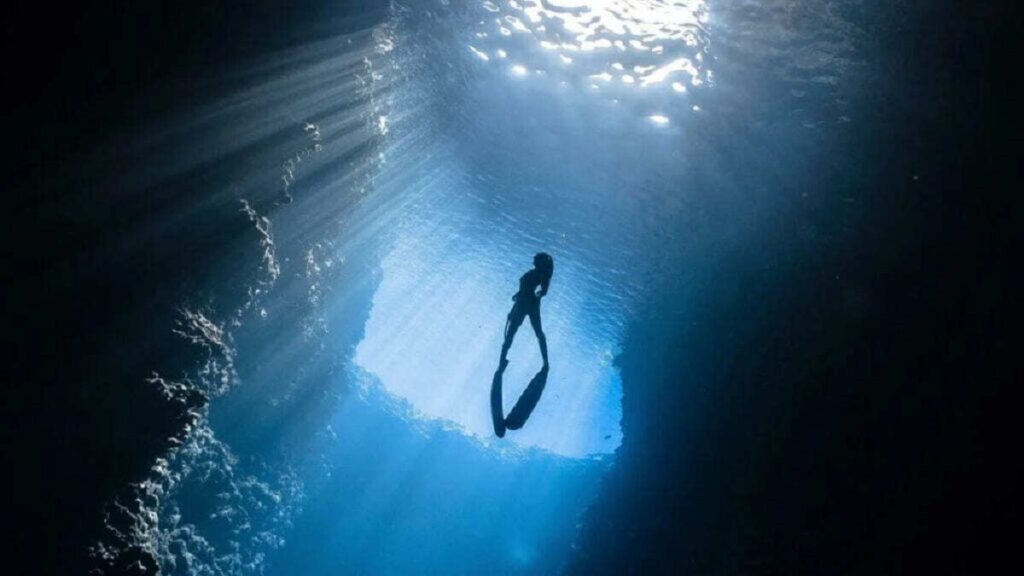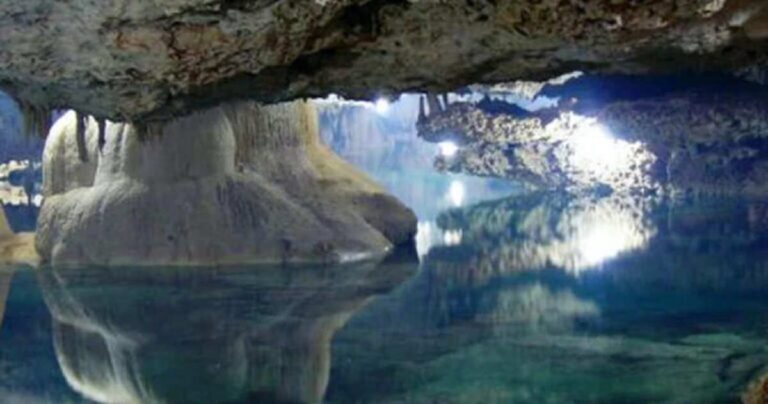Imagine the immense size of our planet’s oceans. Now, picture a hidden ocean, buried deep beneath the Earth’s surface, that is three times the size of all our surface waters combined. No, this isn’t science fiction—it’s a groundbreaking discovery made by a team of scientists, offering fresh insights into the origins of Earth’s water and how it moves within our planet.
Unveiling Earth’s Hidden Ocean

For years, scientists have been trying to answer a big question: where did all the water on Earth come from? Recently, this quest took an unexpected turn when researchers uncovered evidence of a vast underground ocean—700 kilometers below the surface—locked inside a blue mineral called ringwoodite. The sheer size of this hidden ocean is staggering. It holds enough water to triple the volume of all Earth’s surface oceans.
This discovery doesn’t just amaze with its scale—it also challenges long-held theories about how our oceans formed. Instead of water arriving from icy comets crashing into the Earth, as some have speculated, this find suggests that much of Earth’s water may have slowly seeped up from deep within the planet itself.
The Science Behind the Discovery
Leading the charge in this research is Steven Jacobsen, a scientist at Northwestern University in Illinois. Jacobsen and his team used data from over 2,000 seismographs placed across the United States, analyzing seismic waves from more than 500 earthquakes. These waves, which pass through the Earth’s layers, behave differently when they encounter wet rock, slowing down and giving scientists clues about what lies beneath.
“This is solid evidence that Earth’s water came from within,” Jacobsen explained. He believes this enormous underground reservoir might explain why the size of our surface oceans has remained relatively stable for millions of years. Without this hidden water, Earth’s surface could be completely submerged, with only mountain peaks visible above the waves.
Rethinking Earth’s Water Cycle
The discovery of this deep water source reimagines what we know about Earth’s water cycle. Instead of just water evaporating from oceans, forming clouds, and returning as rain, this new finding suggests that water might also be continuously cycling between the surface and deep within the planet. It seeps from the mantle, hidden between grains of rock, and may have been doing so for eons.
Jacobsen highlights the importance of this underground ocean: “Without this hidden reservoir, all that water would likely be on the surface, creating a very different planet.”
What’s Next?
With this new revelation, researchers are eager to continue their investigations, collecting more seismic data from around the globe. They want to determine whether similar water reservoirs exist beneath other parts of the planet and how common this mantle water cycle might be. Their findings could completely reshape our understanding of Earth’s water, not only explaining how it got here but also how it continues to circulate through the depths of our world.
This discovery opens up an entirely new chapter in our understanding of Earth’s geology and water cycle. The idea of a massive ocean hiding deep beneath our feet is both humbling and awe-inspiring, showing us just how much more there is to learn about the planet we call home.






